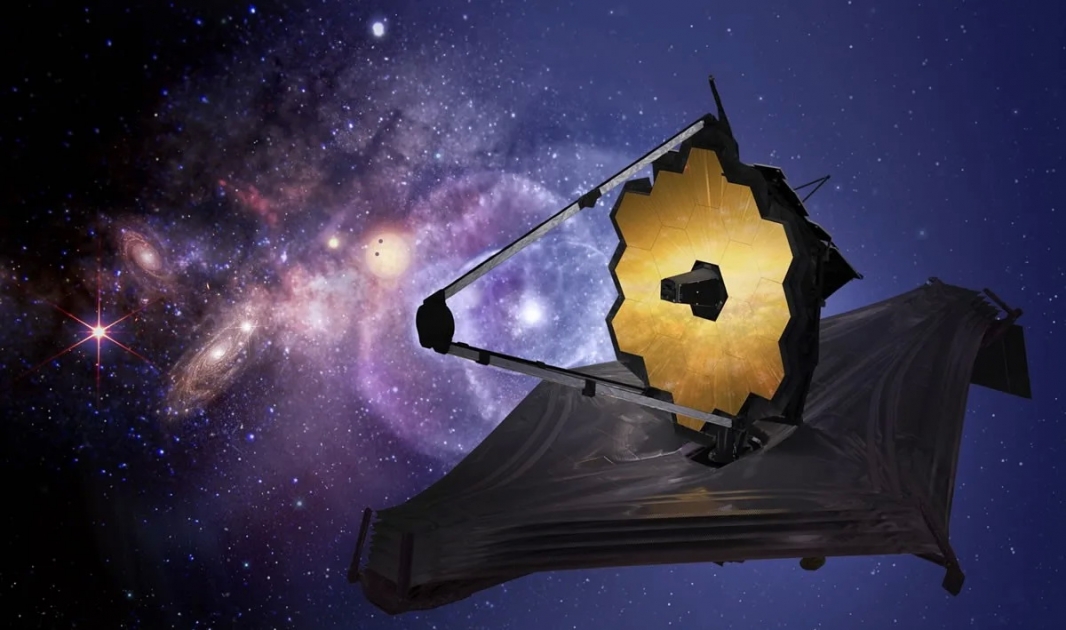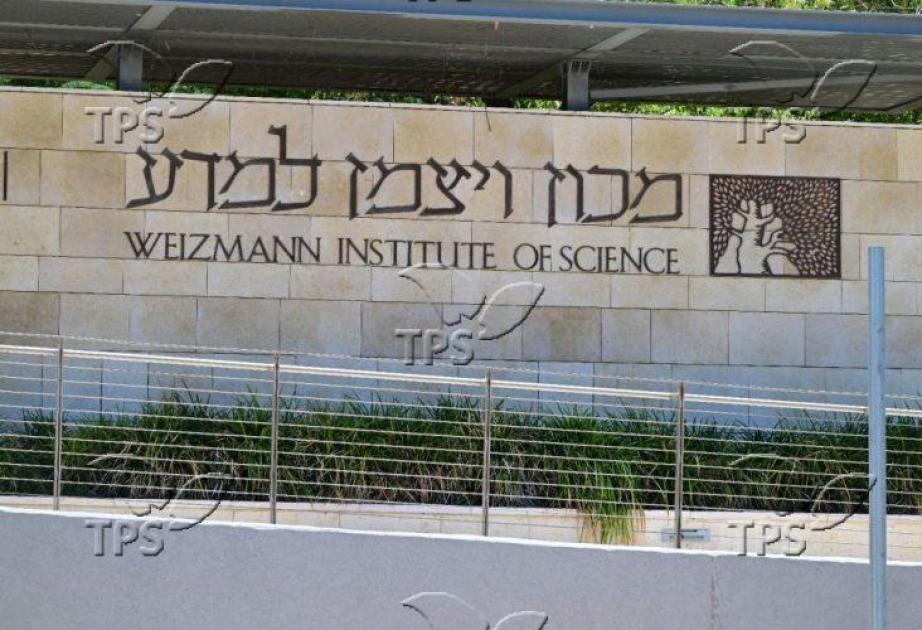As the James Webb Space Telescope (JWST) turns two on December 25, the world’s largest and most powerful space observatory has not only opened a new window into unprecedented depths of the universe, building on space missions spanning four decades, according to interestingengineering.com.
When JWST took off into space on top of a European Ariane 5 rocket on December 25, 2021, it was regarded as one of the grand scientific endeavors of the 21st Century that almost didn’t happen.
The clarity of its images, capturing the invisible infrared light using high-resolution and high-sensitivity instruments, has inspired the world and fueled the scientific community's exploration of the universe's vast mysteries.
Webb's success finds its roots in the legacy of two retired NASA telescopes, each celebrating significant anniversaries in the past year. The Infrared Astronomical Satellite (IRAS), launched 40 years ago, and the Spitzer Space Telescope, marking its 20th anniversary in August, laid the foundation for Webb's groundbreaking observations.
IRAS, the first infrared telescope ever launched into Earth orbit, unveiled newborn stars deep inside, revealing a previously unseen universe. Equipped with multiple infrared detectors, Spitzer furthered this legacy by providing specific insights into the evolution of young stars. And now, Webb offers glimpses into the formation of future planetary systems, capturing jets bursting from young stars and disks of material around them with its even more detailed infrared view.
Although initially uncertain in its revelations, the IRAS mission— launched in 1983— paved the way for nearly every facet of astrophysical studies, setting the stage for subsequent missions like the European-led Infrared Space Observatory (ISO), the Herschel Space Observatory, the Japanese-led AKARI satellite, and NASA's Wide-Field Infrared Survey Explorer (WISE), among others.
Infrared became instrumental in understanding the evolution of galaxies, the life cycle of stars, cosmic dust's origin, exoplanet atmospheres, asteroid movements, and the enigma of dark energy.
“Infrared light is essential for understanding where we came from and how we got here, on both the biggest and smallest astrophysical scales,” said Michael Werner, an astrophysicist at NASA’s Jet Propulsion Laboratory in Southern California, in a statement.
“We use infrared to look back in space and time, to help us understand how the modern universe came to be,” he added. “Infrared enables us to study the formation and evolution of stars and planets, which tells us about the history of our own solar system.”
About a week after JWST began science operations, a citizen scientist called Judy Schmidt went through raw public data to uncover the telescope’s images of a sublime spiral galaxy, the NGC 628, also known as the Phantom Galaxy.
Earlier this year, an international team of scientists, including researchers from the University of Birmingham, discovered the production of a rare chemical element called tellurium in the explosion caused by the collision of two neutron stars traveling at nearly the speed of light, using data collected by telescopes on Earth and space, including the JWST.
More revelations continued, leveraging JWST’s data, including observing a massive kilonova for the first time, starlight around early galaxies with bright quasars, and this discovery that teenage galaxies are extremely hot.
While astronomers have hinted at an alternative at a lower cost and more powerful, the James Webb Space Telescope continues to unravel the universe's mysteries, with the upcoming SPHEREx mission and the Nancy Grace Roman Space Telescope promising to unveil more secrets of the universe in the infrared spectrum.



.webp)

















